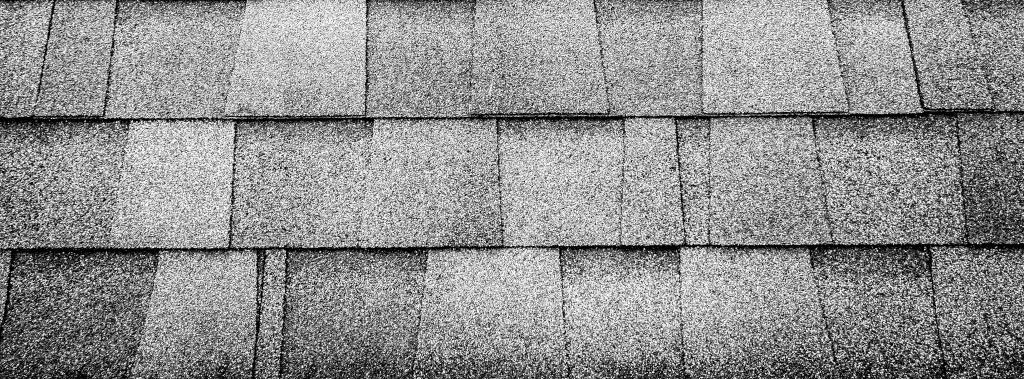
Did you know that the type of roof that is best for your home or commercial building has everything to do with the climate you’re in? You might think a roof is a roof is a roof, and that there are only two major deciding factors to the type you pick: price point and aesthetics. But there are a lot more functional factors to take into consideration, and to discuss with your TN roofing specialist. A hot, humid climate like we have in the Southeast requires different things of a roof than those in colder climates.
The pitch of the roof has a lot to do with climate. Flat roofs, for example, are popular for how simple and cost effective they are to build. But this style isn’t as effective when covered with a lot of snow or in areas that see a lot of rainfall. Because the precipitation accumulates on top of the roof, rather than sliding off as it would with an A-frame or sloped roof, that weight can cause a lot of structural strain on a building, or increase the likelihood of leaks.Home builders in hot climates tend toward designs with deeper overhangs to produce more shade, while builders in colder or more overcast areas will want less overhang to maximize the amount of natural light that enters a home.
Roofing materials can also work better or worse depending on the average temperature and humidity. Homeowners in southeastern states like Tennessee, Georgia, and Alabama will prefer materials that reflect light and heat, such as white concrete, tin, terracotta tiles, or light slate. White metal roofs are both reflective and moisture resistant. Natural materials like clay tiles or stone shingles are more expensive, but they are highly durable, beautiful to look at, and help air circulate naturally. Concrete roofs and asphalt shingles are inexpensive, and while they might not be as durable or have the lifespan of more costly materials, can withstand rain and humidity, and (depending on the color) can help reflect heat away from the house.
Another consideration is how to design a ventilation system for a roof and attic when you need to take both heat and moisture into consideration. You might think you want a well-sealed attic to prevent moisture from penetrating your walls and ceiling, but actually you want the opposite. A well-ventilated attic won’t increase humidity or heat transfer inside your home. Instead, a proper ventilation design will create a barrier between the air conditioned areas of your home and the roof, which collects heat from the sun’s rays.
That barrier reduces heat transference and thus minimizes the load on your HVAC system. A good ventilation system will also prevent condensation from causing damage to your roof, attic, ceiling or walls. The vent covers themselves will be corrosion resistant, and vapor barrier will be installed in addition to insulation. If your attic is too tightly sealed, you can trap ambient moisture inside, especially if your ductwork is run through the attic rather than in your basement or crawl space. That’s increasingly common in warm-climate homes, which are often built on concrete pads rather than over basements, which are almost ubiquitous up north.
One option you will probably be seeing more of in the future are green roofs– that is, roofs that look like a lawn! This style of flat roof is designed to use rain accumulation to grow grass and other plants on top of the roof, rather than simply running off. In return, the dirt and vegetation help insulate your home, keeping your air conditioning in during the summer and your heat in during the winter. They also provide an extra barrier from the sun, absorbing its heat instead of your living space. This eco-friendly type of roof is increasingly popular, and definitely provides a different look.
The weather in the Tennessee Valley area has gotten a little more unpredictable in the past few years, with stronger cold snaps and deeper freezes, not to mention hotter, drier summers. If it’s time to consider a new roof on your home or business, talk to a TN Roofing specialist at Tennessee Roofing & Construction. We are experts in with the materials and roof designs that will work best in all types of Southern weather, from January drizzle to River Bend sizzle.


